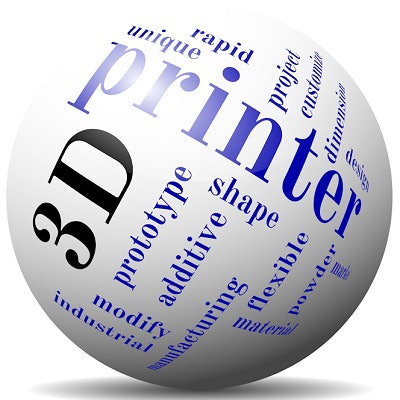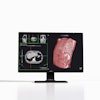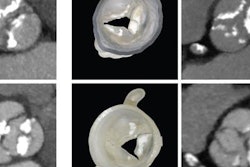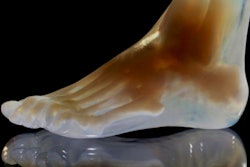
Researchers from California have developed a 3D printing technique that uses light to create a whole 3D-printed object all at once, as opposed to the standard method of constructing objects layer by layer, according to an article published online January 31 in Nature.
The central component of the new technique is a proprietary 3D printer -- dubbed the "replicator" -- that consists of a digital video projector and a rotation stage fitted with a container.
The computed axial lithography method resembles 3D CT scanning in reverse, because it estimates what 2D images (or images slices) of a 3D model might look like from many different angles and then feeds these 2D images into a projector, senior author Hayden Taylor, PhD, from the University of California, Berkeley, and colleagues wrote in a January 31 report in Science.
Next, the projector casts the 2D images onto a cylindrical container filled with acrylate, a type of synthetic resin that solidifies when it comes into contact with a certain threshold of light from the projector. The light projections hitting the rotating container cause the resin to absorb photons and undergo polymerization -- linking the material together as it forms into a solid object.
Thus far, the researchers have been able to create centimeter-scale 3D-printed models in less than two minutes. They believe their technique is more flexible than conventional 3D printing because, for instance, it allows users to create objects that enclose existing ones.
Computed axial lithography may also be suitable for eventual integration with other 3D printing techniques for the rapid and cost-effective production of 3D-printed biomaterials and medical devices, the authors noted.



















